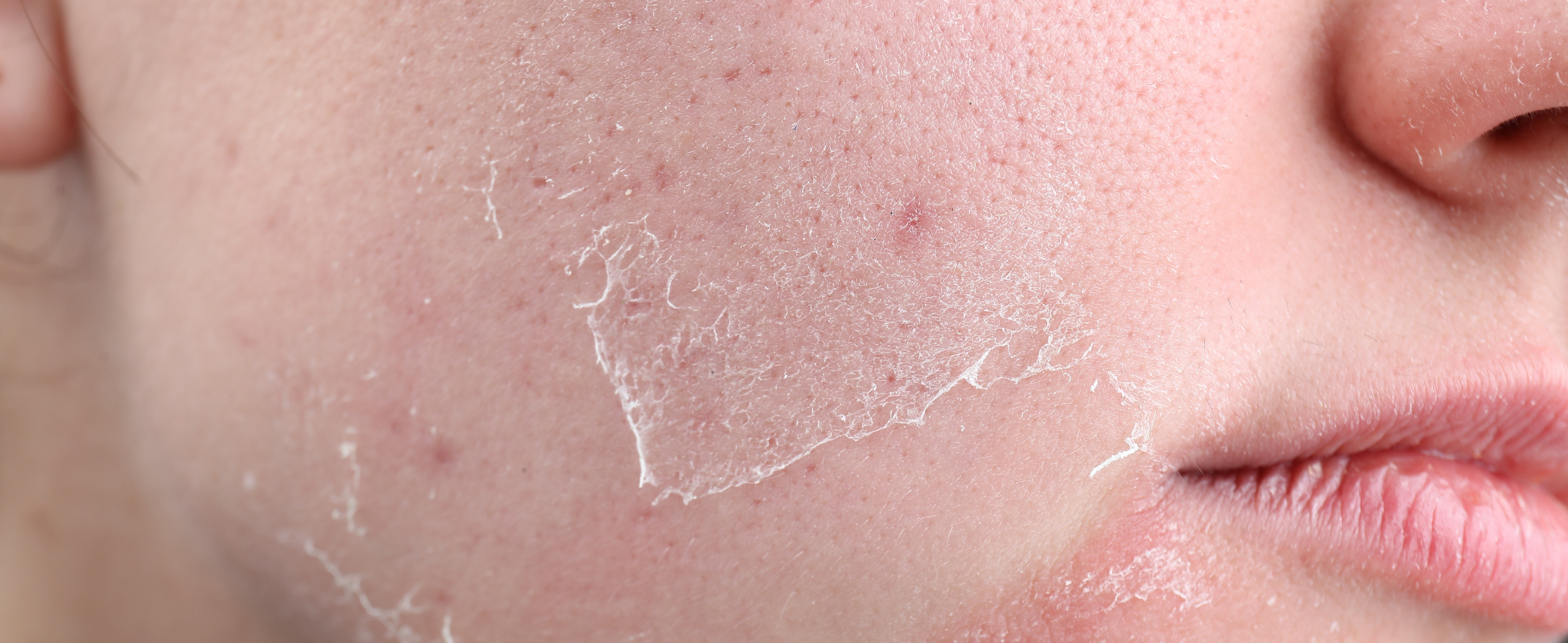Melasma is a common skin condition that causes dark, discolored patches to appear on the face, especially around the cheeks, forehead, upper lip, and chin. While it’s not harmful, melasma can be frustrating and difficult to treat. Factors like sun exposure, hormonal changes (especially during pregnancy or when using birth control), and inflammation can trigger or worsen it.
The good news? With the right daily skincare routine, you can manage melasma effectively, fade discoloration over time, and prevent new patches from forming. Let’s break down a dermatologist-recommended step-by-step routine you can follow each day.
Step 1: Gentle Cleanser (Morning & Night)
Start and end your day by washing your face with a gentle, non-stripping cleanser that won’t irritate your skin or worsen pigmentation.
Why this matters: Harsh cleansers can trigger inflammation and damage the skin barrier—both of which may make melasma worse.
Look for:
- Sulfate-free formulas
- Calming ingredients like aloe vera or chamomile
- pH-balanced products to avoid dryness
✅ Product tip: Choose a creamy or hydrating gel cleanser if you have dry or sensitive skin.
Step 2: Brightening Toner or Essence (Optional)
A hydrating toner or essence with brightening ingredients can prep your skin for better absorption of treatments. While this step is optional, it’s helpful if you're targeting discoloration.
Look for:
- Niacinamide (vitamin B3)
- Licorice root extract
- Arbutin or tranexamic acid
Avoid alcohol-based toners, which can be drying and irritating.
Step 3: Targeted Serum for Melasma (Morning & Night)
This is the most important step in your melasma routine. Serums deliver a high concentration of active ingredients to help fade dark patches and even skin tone.
Morning:
Use a vitamin C serum to protect against free radicals and inhibit melanin production.
Bonus: Vitamin C pairs well with sunscreen to boost UV protection.
Evening:
Apply a melasma-specific serum with ingredients like:
- Tranexamic acid – reduces pigmentation and calms inflammation
- Azelaic acid – gentle exfoliation and pigment reduction
- Niacinamide – brightening and skin-barrier support
- Kojic acid – blocks melanin production
✅ If prescribed by your dermatologist, this step can also include hydroquinone or tretinoin.
Step 4: Moisturizer (Morning & Night)
A good moisturizer supports your skin barrier, locks in hydration, and helps reduce irritation from actives like acids or retinoids.
For melasma-prone skin, choose moisturizers with:
- Ceramides
- Hyaluronic acid
- Panthenol (vitamin B5)
- Squalane
If your skin is sensitive, avoid fragrances and essential oils.
Step 5 (Morning Only): Broad-Spectrum Sunscreen (SPF 50+)
This is non-negotiable. UV exposure is the #1 trigger for melasma, so applying sunscreen every morning—and reapplying every two hours if you're outdoors—is critical.
What to look for:
- SPF 50 or higher
- Broad-spectrum (protects against UVA & UVB)
- Mineral sunscreens with zinc oxide or titanium dioxide for sensitive skin
✅ Tip: Even on cloudy days or when working near windows, sunscreen is still a must.
Weekly Bonus: Gentle Exfoliation (1–2x per week)
Exfoliating helps remove dead skin cells and allows brightening ingredients to work more effectively. But overdoing it can irritate the skin and make melasma worse.
Use gentle chemical exfoliants like:
- Lactic acid
- Mandelic acid
- Polyhydroxy acids (PHAs)
Avoid physical scrubs or harsh peels unless advised by a dermatologist.
Nighttime Considerations: Retinoids (2–3x per week)
Retinoids are powerful for encouraging cell turnover and fading pigmentation. If your skin can tolerate them, consider adding a retinoid serum or cream in the evening 2–3 times a week.
Options include:
- Retinol (OTC)
- Tretinoin (prescription)
- Bakuchiol (a gentler alternative for sensitive skin)
Always follow retinoid use with a rich moisturizer and avoid using it on the same nights as exfoliation to prevent irritation.
Final Thoughts: Consistency Is Key
Melasma doesn’t disappear overnight—but a gentle, consistent routine can make a big difference over time. Always listen to your skin, patch test new products, and consult a dermatologist for personalized recommendations—especially if your melasma is severe or persistent.
With daily care, sun protection, and the right ingredients, clearer, brighter skin is within reach.









